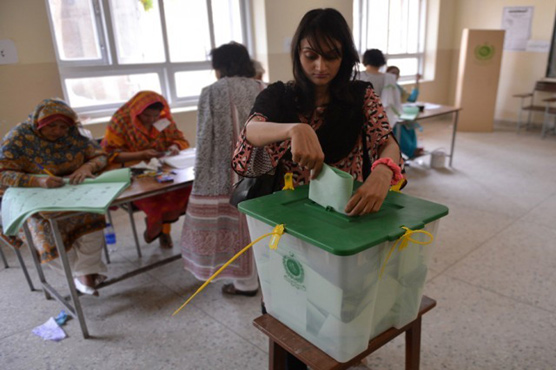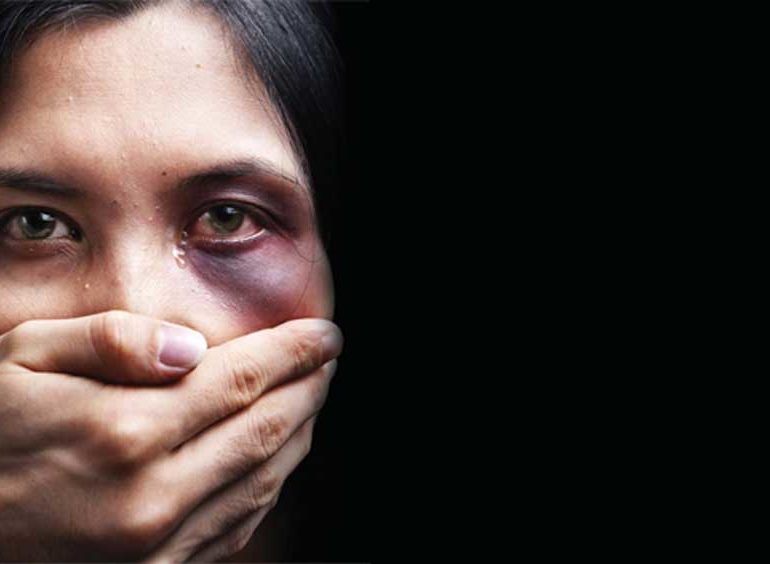By: Prof. Abdul Shakoor shah
Leave sooner, drive slower and live longer because the fast drive can be the last drive. The World day of Remembrance for Road Traffic Victims was initiated in 1993 and The United Nations recognized it in 2005 as global day. It is annually commemorated on the third week of November. It is also annually observed by numerous states, organizations, federations, agencies and groups worldwide. Roughly 1.3 million people die annually as a result of road traffic crashes. Worldwide, every 24 seconds someone dies on the road as per World Health Organization. On average 3,700 people kick the bucket daily on the roads. Almost 20-50 million undergo non-fatal injuries, often resulting in long-term disabilities. Road traffic collisions outlay most countries 3% of their GDP. 93% of the world’s wounded on the roads are from low and middle-income countries, even though these countries have around 60% of the world’s vehicles. More than half of all road traffic deaths are among susceptible road users. Road traffic injuries are the major root of death for children and young adults aged 5-29. Young adults aged 15-44 are responsible for more than half of all road casualties. Road crashes are also the sole supreme annual death reason of healthy U.S. citizens traveling abroad.
According to a World Bank report India tops the world in road deaths, injuries. It has only 1% of the world’s vehicles but 11% of the global deaths from road accidents crop up in India. Annually around 450,000 accidents occur in India annually, of which 150,000 people die. 53 road accidents take place every hour and one death every four minutes. Road traffic injury death rates are uppermost in the African region. Individuals with low socioeconomic milieu are more probable to be implicated in road traffic crashes. It is the foremost cause of death for ages 5-29 years. The ratio of road traffic accidents among young men is more probable than women. Around 73% of all road traffic accidents happen among young males under age 25 and their death ratio due to accidents is 3% higher than females respectively. Only human error free transport systems can minimize the death toll due to road traffic accidents. If we can only revert the ratio of serious crashes and fatal injuries, the situation can be reversed. Every 1% increase in mean speed generates a 4% increase in the mortal collision peril and a 3% boost in the grave collapse risk. The death jeopardy for pedestrians smack by car fronts rises swiftly 4.5 times from 50 km/h to 65 km/h).
In car-to-car side impacts the casualty peril for car lodgers is 85% at 65 km/h. Driving in toxic conditions or under some psychological issue boosts the risk of death and severe injuries many times. Right helmet use can lead to a 42% cutback in the risk of deadly injuries and a 69% diminution in the risk of head injuries. Fastening seat-belt decreases the risk of death among drivers and front seat occupants by 45- 50%, and the danger of death and staid injuries among rear seat occupants by 25%. The use of child restraints can lead to a 60% reduction in deaths. Mobile-using drivers are roughly 4 times more liable to be involved in a crash compared to non-users. Road designs by keeping in mind the safety of all road users and safe vehicles as per UN regulations on vehicle safety can minimize the alarming traffic accidents. After crash care is of utmost significance and timely assistance proves life saving. There is also a dire need of legislation up to the current requirements of UN regulations and their enforcement too.
Effective enforcement includes establishing, regularly updating, and enforcing laws at the national, municipal, and local levels that address the above mentioned risk factors. It also includes the definition of appropriate penalties. The countries must take holistic measures to prevent traffic accidents caused due to conscious human errors. The developed countries must step forward to provide technical and technological assistance to the developing and under developed countries to avert the human loss. UN General Assembly resolution in 2010, the Decade of Action was commenced in May 2011 in over 110 countries, with the aspiration of saving millions of lives by executing the Global Plan for the Decade of Action. WHO’s Global status report on road safety 2018 manifests information on road safety from 175 countries.
The global status reports are the official tool for monitoring the Decade of Action.The objectives of WDoR 2021 also are same with accentuation on the cutback of road traffic speeds- low speeds as this action can thwart many deaths and serious injuries. The 26th anniversary of WDoR is also the start of a new Decade of Action for Road Safety 2021-2030 with the motivated objective of preventing 50 % of road traffic deaths and injuries by 2030. Over 54 % of traffic road casualties are coupled with motorcyclists, cyclists, and pedestrians. Surprisingly, low income countries have 1 % of the World’s vehicles but 13 % of all deaths. On the contrary, high-income countries have 40% of the world’s vehicles but 7% of all deaths. An accident happening every 1.6 minutes and leading Emergency Service generally known as Rescue 1122 unaccompanied is managing an average 1,000 road traffic crashes daily in Punjab province. According to statistics, Punjab Emergency Service Rescue 1122 responded to over 3 million road traffic crashes in Punjab since inception in 2004 and emergency data revealed that 83% RTCs victims are associated with motorbikes. An average 1,000 families get traumatized daily when their sole earner gets injured or died in road crashes. The civilized nations are acknowledged by organized traffic. Road safety is a culture which can be ascertained through solid measures and organized endeavor which includes an efficient licensing programme countrywide, curriculum development and grade wise graded education related to road safety and stringent enforcement and constant awareness with strict enforcement. Besides that, everyone should be road wise and must abide by traffic rules.
The Writer is Prof. in English and Freelance Columnist, based in Lahore, Pakistan. He can be reached at [email protected]








